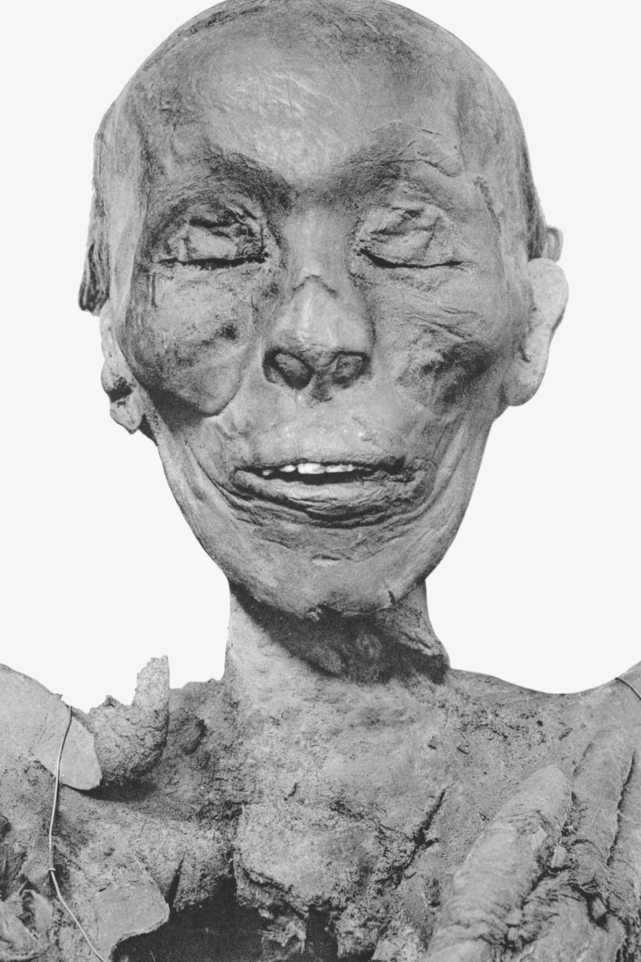Getting your Trinity Audio player ready...
Archeologists in Egypt uncovered the loss tomb of King Thutmose II the last royal burial site of an 18th dynasty king and the first royal tomb found since the discovery of Tutankhamun tomb over 100 years ago. Thutmose II was believed to have reigned over Egypt from 1493 to 1479 BCE.
Dr. Mohamed Ismail Khaled, Secretary-General of Egypt's Supreme Council described the discovery as one of the most significant in recent decades.
Egyptian media reported that the excavations conducted by the Supreme Council for Antiquities in cooperation with a British research foundation began in Luxor in 2022, when an entrance and hallway to tomb C4 was identified.
3 View gallery


Vessels found in newly discovered tomb of Thutmose II
(Photo: Egyptian Tourism Ministry )
Egypts Al-Ahram newspaper wrote that parts of alabaster vessels uncovered in the tomb had the names of Thutmose II and his wife Queen Hatshepsut inscribed on them, proving unequivocally that it was the king's burial site. Researchers believe Hatshepsut who was his wife and half-sister, oversaw his burial.
The paper also reported that mortar in the tomb with remnants of blue inscriptions and yellow stars and paragraphs from the book of "Imydwat," an ancient Egyptian funerary book.
Originally the team of Egyptian-British archaeological thought the tomb found the site in the Mount of Thebes area, west of Luxor belonged to one of the king's wives.
Thutmose II's mummy was discovered 140 years ago in a hidden grave system (DB320) at Deir el-Bahari, along with other mummies of kings from the 17th to the 21st dynasties, hidden there by 21st dynasty priests to protect them from tomb robbers.
The location of his original burial was unknown until its recent discovery and its poor condition, believed to have been caused by flooding, explains why the mummy was moved.
3 View gallery


Archeologists uncover the tomb of KingThutmose II
(Photo: Egyptian Tourism Ministry )
According to Mohamed Abdel Badie, Head of the Egyptian Antiquities Sector at the Supreme Council of Antiquities and Head of the Egyptian team said the poor condition of the tomb was due largely to exposure to floods shortly after Thutmose II's death


